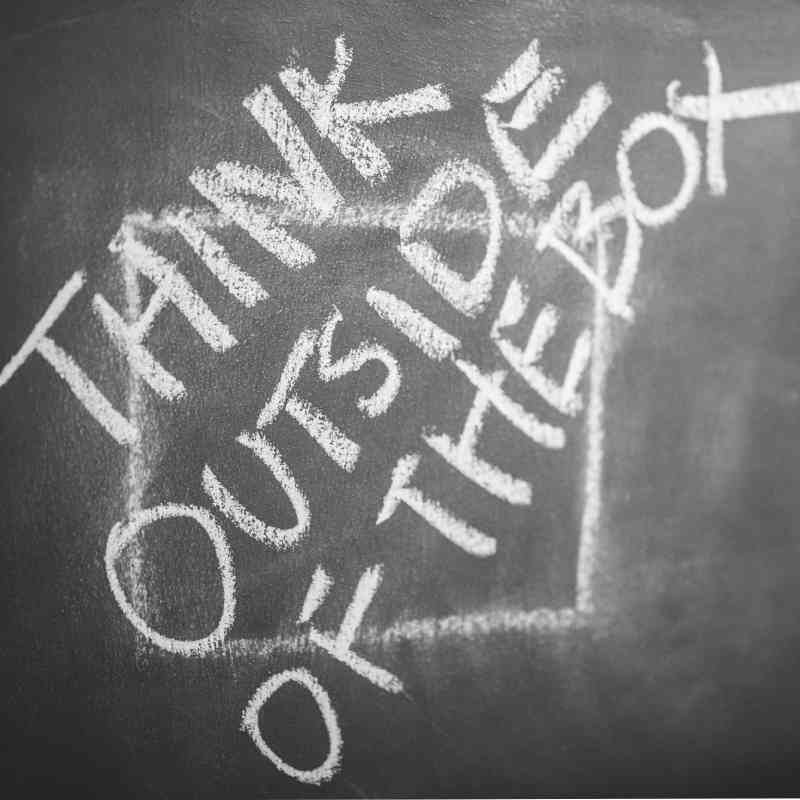All of us can develop thinking that is unhelpful and can keep us stuck where we are. It is often our thoughts that precedes our feelings and actions.
Learning how to recognise our thoughts, what they are and how they might be impacting on us is the first step in making changes.
We have tens of thousands of thoughts in a day, these are mostly negative or repetitive. Unless we stop, sit down, and write them down we may not see them clearly.
Next time you feel a negative emotion or sense a change in your body such as increased tension or butterflies in the stomach, stop and think about what you are thinking about.
There are many distorted thinking types that can lead to us feeling depressed, fearful or in conflict with others.
These include:
All or nothing thinking
When someone evaluates their personal qualities in extreme black or white categories. For example, someone is amazing and wonderful or evil and horrible. Usually, humans have some positive qualities and some negative attributes that they need to work on.
Labelling
Thinking it is possible and right to sum up an entire human being and their life in one word. For example, by applying one-word descriptions of people to ourselves or others e.g. I am a loser.
Catastrophising
Always thinking the worst, and that it is most likely going to happen to you e.g., Thoughts such as I won’t get this assignment done tonight leads to, I will fail the course, to I will end up homeless and destitute.
Discounting the positive
This is like having on a negative filter. The core belief maybe “I am incompetent and stupid”. The person will then focus on evidence that confirms the core belief and minimise anything that demonstrates the competence.
Emotional reasoning
Taking emotions as evidence of truth e.g., feeling hopeless and concluding that the problem is impossible to solve.
Jumping to conclusions
This is like mind reading or fortune telling. When someone doesn’t say hello the thoughts may come that they hate me.
Overgeneralisation
This is when you conclude that if one thing happened to you once it will happen repeatedly.
Polarization
Black and white thinking, eating a hamburger one day when you were trying to eat only healthy foods leads to the thought “there is no point in trying”
Personalisation
This is when you assume responsibility for a negative event when there is no evidence for doing so. You conclude it was your fault and it reflects your inadequacy, which can lead to experiences of shame.
Should statements
Too many should statements’, such as “I should exercise”, or “I should study” can lead to feelings of shame, guilt, and self-loathing.
The first step to overcoming unhelpful thinking patterns and becoming more balanced and flexible in your thinking, is to identify the thinking that is distorted.
Once you have looked at this, then begin to challenge those thoughts or change them. For example, instead of “I should exercise” change it to “I could exercise, however I do not want to right now as I have other things that I choose to do, and I will go for a walk at a better time”. It is a much more empowering and self-determined thought, don’t you think?
This thinking will become automatic over time the more you practice it, thanks to the neuroplasticity of the brain. If you need more help with overcoming and changing thinking that is harming, you and your life get in touch here.
For more info
Psych Central written by
Casbianca, Sandra Silva.(2022, Jan 10). “15 cognitive distortions to blame for negative thinking”: Psych Central
https://psychcentral.com/lib/cognitive-distortions-negative-thinking





